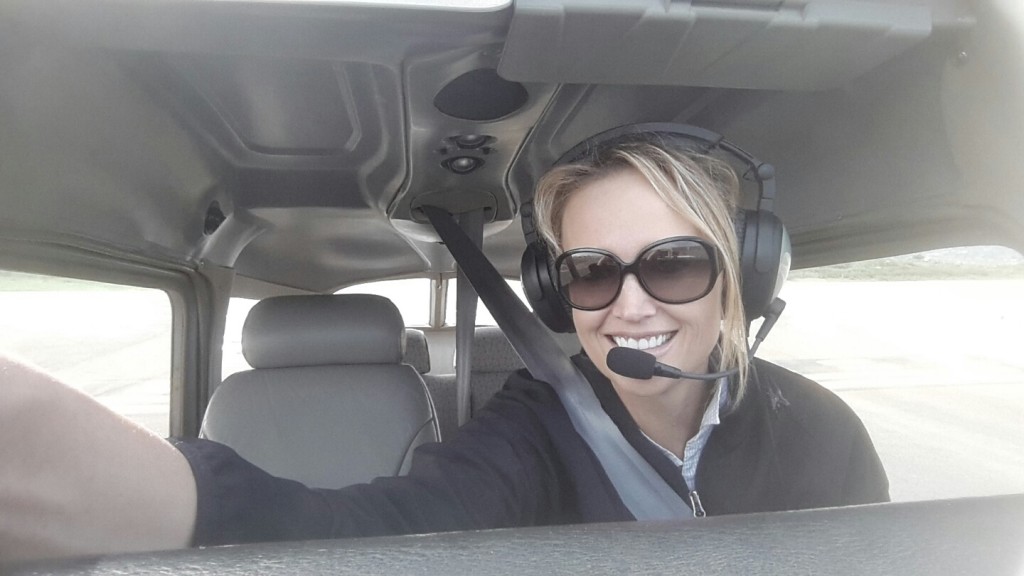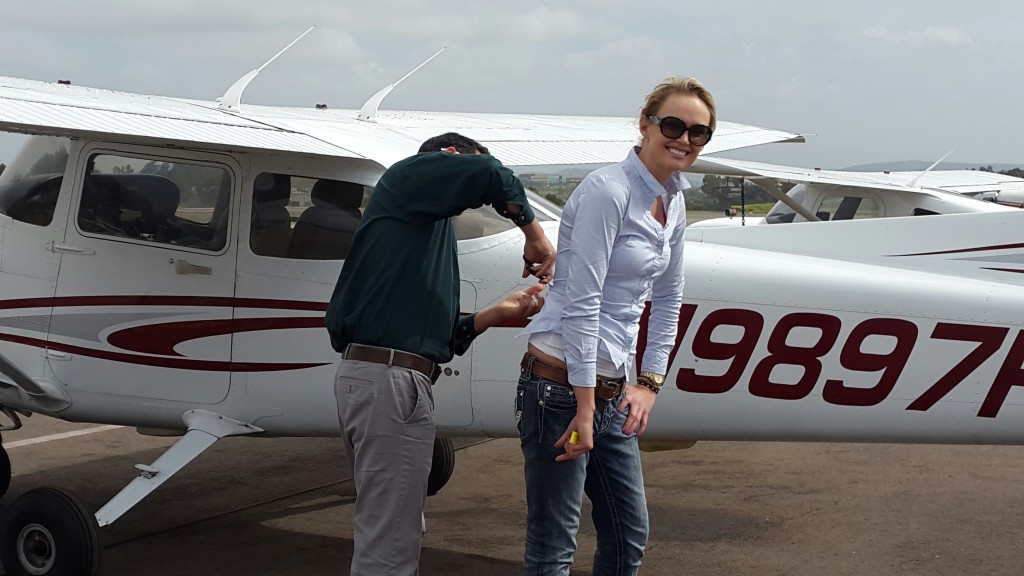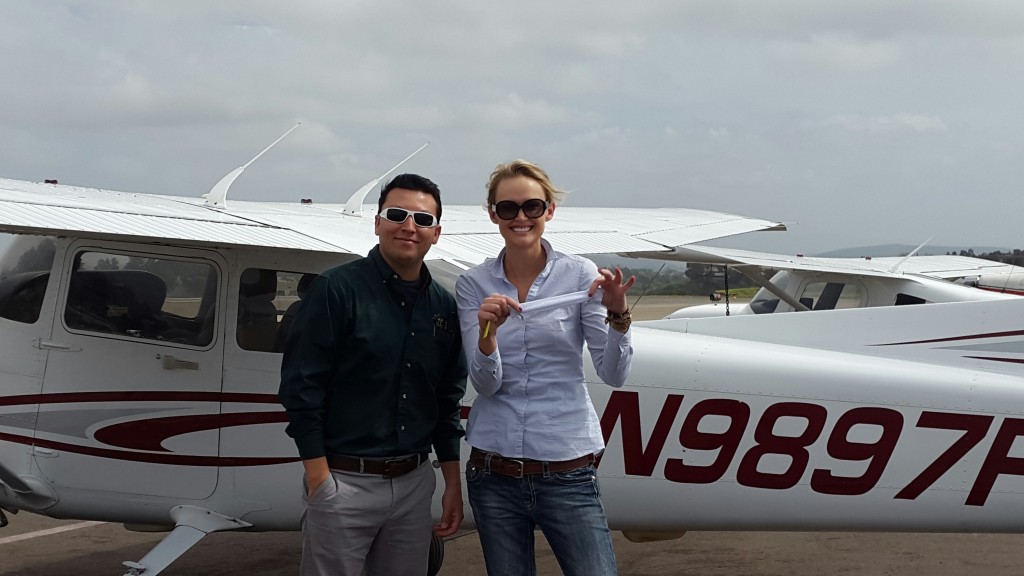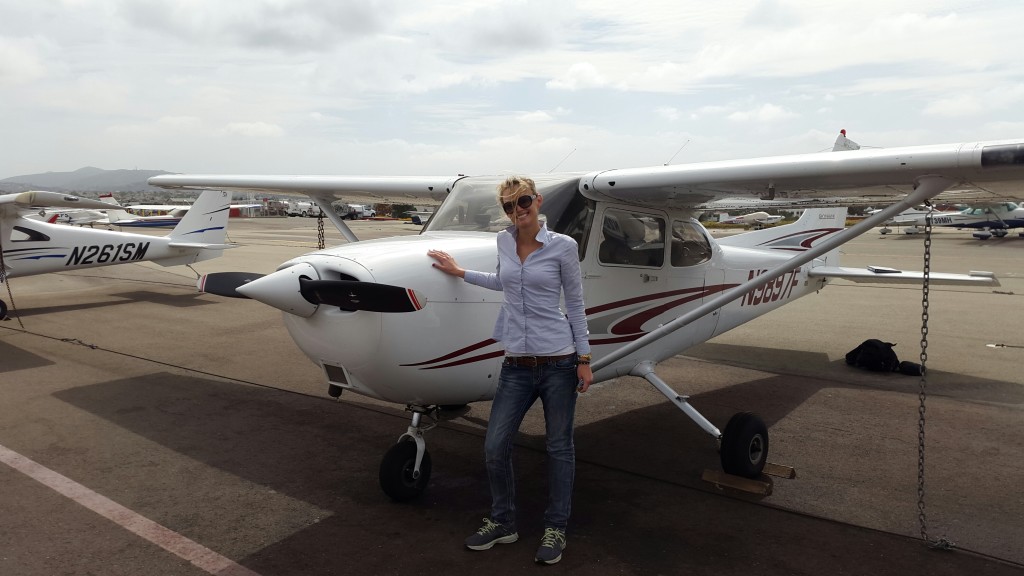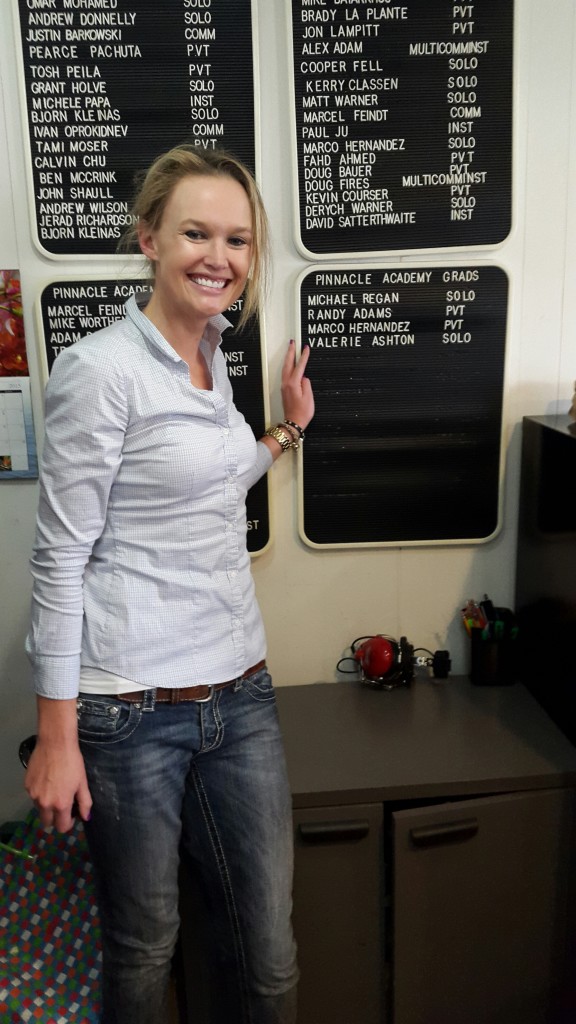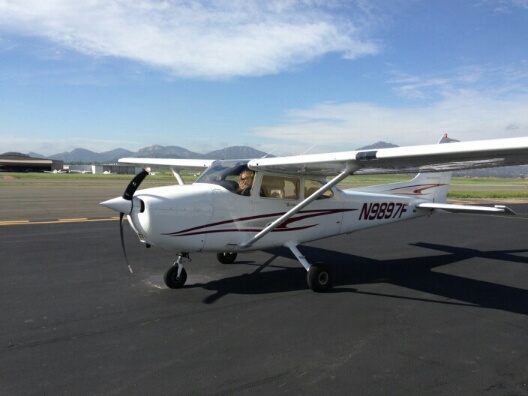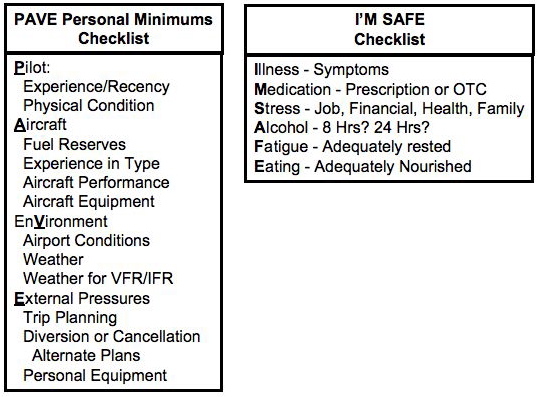Today, I was supposed to fly solo for the third time. I was excited to use my new GoPro! But due to 10 knot winds, it got postponed. So Caroline and Ava and I had fun decorating Easter Eggs. We used a dye kit called the PAAS “Volcanic Eggsplosion” and melted down crayons on top of the freshly boiled (still hot) eggs. After the melted crayons cooled we dyed them the traditional way using the dye kit and vinegar. It was a lot of fun and the eggs came out great! In the video (sped up) you can see how quickly the wax melted. We used tongs to transfer them from the boiling water. Always use caution when handing hot eggs.
Easter Egg Decorating Fun – PAAS Volcanic Eggsplosion Video
More Xarelto Bleeding Lawsuits Filed in California Federal Court
 Back in January, I blogged about the status of Xarelto lawsuits, a legal matter I’ve been closely following since the FDA first issued a warning letter to Johnson & Johnson back in June 2013. In that post, I mentioned that we would likely be seeing news of more lawsuits being filed as the MDL moves along. On March 20th, another case was filed in CA, on behalf of 12 Xarelto patients who allegedly suffered either gastrointestinal or rectal bleeding as a result. Some of them were hospitalized, including one man who had a stroke.
Back in January, I blogged about the status of Xarelto lawsuits, a legal matter I’ve been closely following since the FDA first issued a warning letter to Johnson & Johnson back in June 2013. In that post, I mentioned that we would likely be seeing news of more lawsuits being filed as the MDL moves along. On March 20th, another case was filed in CA, on behalf of 12 Xarelto patients who allegedly suffered either gastrointestinal or rectal bleeding as a result. Some of them were hospitalized, including one man who had a stroke.
Xarelto, of course, is an anticoagulant, a drug better known as a “blood thinner”. Xarelto has only been on the market since July 2011, when it was first approved by the FDA.
The drug was initially approved to prevent blood clots in patients undergoing hip replacement or knee replacement surgery. The FDA later approved it in November 2011 to reduce stroke risk in people with atrial fibrillation. In November 2012, the FDA approved Xarelto to treat deep vein thrombosis and pulmonary embolism.
For many decades and until a few years ago, the “gold standard” blood thinner was Coumadin (aka warfarin). The downside of warfarin is that patients have to do rigorous and ongoing blood testing to see how long it takes your blood to clot and to make sure you are taking the right dose. Patients taking Xarelto do not need to undergo routine blood tests. The most recent lawsuit filed in CA federal court alleges that Johnson & Johnson was misguided when alleging that testing was unnecessary.
Bleeding events can occur with both Coumadin and Xarelto. When patients are taking Coumadin, doctors can give patients Vitamin K, which swiftly counteracts the thinning properties and essentially stops the bleeding. There is no antidote for Xarelto patients. Bleeding in a Xarelto patient can be life-threatening and fatal.
Back in December, about two dozen lawsuits were consolidated into Multidistrict Litigation in federal court in Louisiana. In Jaunary, a new mass tort was created in the Philadelphia County Court of Common Pleas. The California Xarelto lawsuit suit is Walker et al v. Janssen Research & Development LLC et al, Case No. 2:15-vc-01971, in the US District Court for the Central District of California.
Criminal Law vs. Civil Law : Do You Know the Difference?
A lot of times in child abuse and molestation cases, people contact a lawyer without really knowing what kind of lawyer they need, or really what their goal is. In the United States, there are two types of law: Civil and Criminal. They are very different systems of justice, and if you have been harmed, it is important to understand them. The criminal justice system seeks to punish a perpetrator, usually by jail or prison time, but possibly also by probation or community service. A civil lawsuit is much different. It seeks to recover monetary compensation for the victim. Criminal cases are filed by the government, and usually start when the victim reports the crime (calling 911 or filing a police report). Civil cases are filed by a private party, typically by their attorney. Estey Bomberger has made an infographic explaining the core differences between these two types of law. It is below. For more information, visit http://www.childmolestationvictims.com/.
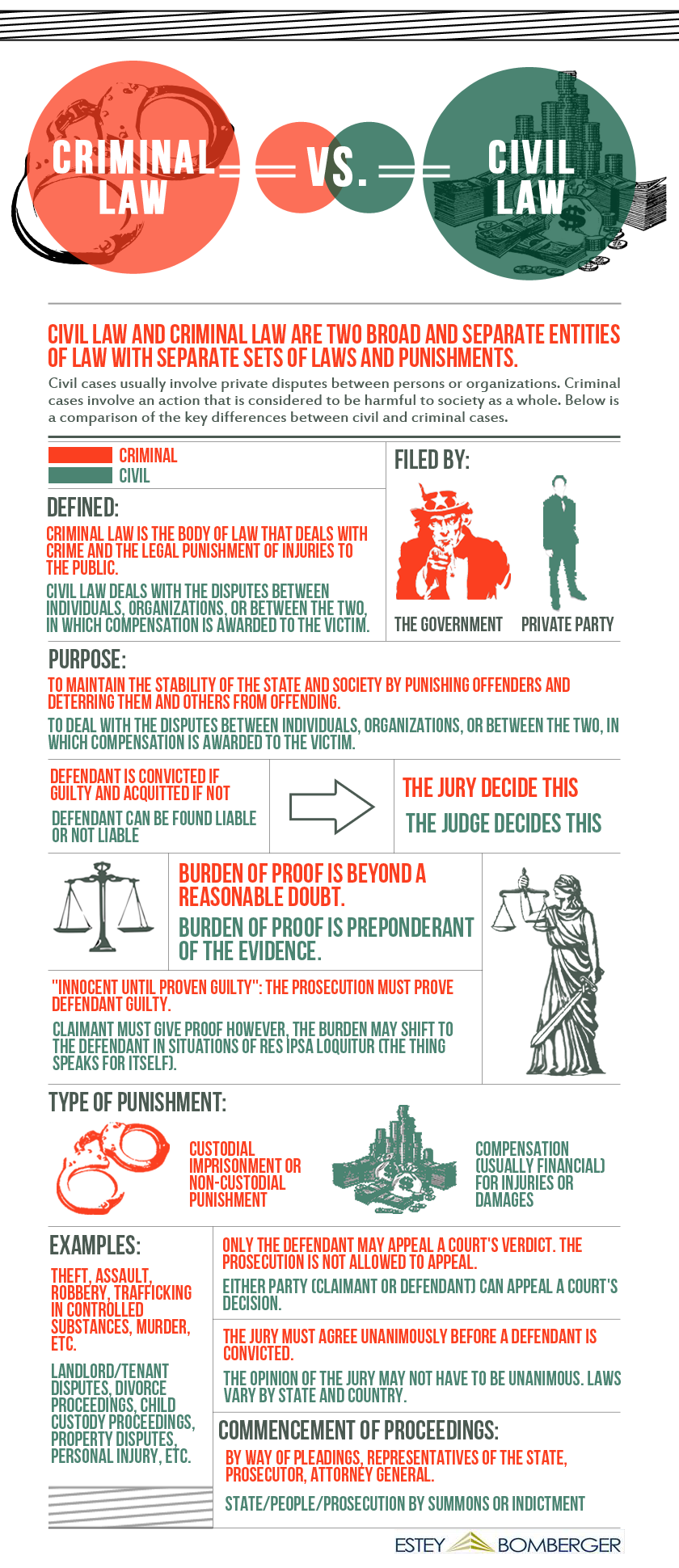
The Differences Between Civil and Criminal Law – A resource by the team at ChildMolestationVictim.com
February 2nd Flying Lesson Recap :: Instrument Training with Foggles
I had a flying lesson this morning, this time in N172LK, and we did another hour of simulated instrument training. Winds were calm, visibility great, and I did an Alpha North departure out of CRQ and my instructor John and I flew 68 miles up to Long Beach. I wore “foggles” so I couldn’t see what was going on outside, and flew the plane just based on instruments. I found the Torrance airport on the GPS and then flew in the direction it told me to go, maintaining altitude at 2,500 feet the whole way. I did better this time, than on my last instrument training flight down to Coronado. Today was fun, I got a flying lesson and a history lesson too, and they both sort of involved Leonardo Dicaprio movies. Maybe I’m stretching a little bit.
We entered the port and flew over to where the Queen Mary was. That’s the ocean liner next to the white golf ball looking thing. It is very similar in design and appearance to the RMS Titanic. The movie Titanic was not filmed on the Queen Mary, but the Queen Mary has been the location of several Titanic conventions. After flying over it, and then reading up about it, I definitely want to drive Caroline and Ava up there for a day trip one day and check it out.
The white golf ball looking thing – the dome – used to be a hangar for the Spruce Goose, which was Howard Hughes’ giant boat airplane – the largest airplane ever built. The Spruce Goose only flew once, on November 2, 1947. So much history though – it’s fascinating! I saw the Aviator back when it was in theatres in 2004, but at the time I didn’t really know who Howard Hughes was, and I wasn’t interested in aviation too much then either. I definitely need to watch that movie again. One of these days I will.
The flight back went smoothly – it was interesting hearing the So Cal Approach radio – it was very very busy, and almost constant chatter. When we came back to land, I kept my foggles on until we were just 2 miles from the CRQ runway. There was a lot of traffic coming and going, and in the downwind leg the ATC had me do a left 360 turn three times, and then extend my base about 5 miles down. Somehow I managed to stay high, and had to sideslip the plane to get us down to the runway. The landing wasn’t too bad, and the lesson ended on a good note. I’m only a few more lessons away from my pre solo stage check with David.
Movie Review :: The Wedding Ringer (2014, Kevin Hart & Josh Gad)
 Over the weekend my sister Caroline and I went to see the Wedding Ringer, the new Kevin Hart / Josh Gad / Kaley Cuoco movie. The film was written and directed by Jeremy Garelick, who also wrote the screen play to the Jenifer Anniston movie the Break-Up. I had low expectations for this to be your typical niche genre wedding comedy, but it really made me laugh, and think.
Over the weekend my sister Caroline and I went to see the Wedding Ringer, the new Kevin Hart / Josh Gad / Kaley Cuoco movie. The film was written and directed by Jeremy Garelick, who also wrote the screen play to the Jenifer Anniston movie the Break-Up. I had low expectations for this to be your typical niche genre wedding comedy, but it really made me laugh, and think.
The movie has parallels to the Paul Rudd flick I Love You Man – it is about a guy (Josh Gad) marrying the girl of his dreams, and realizing he doesn’t have a best man or any groomsmen. Sure, the premise is a little absurd, and I really can’t imagine anyone lying to their fiancé about having a best friend. If you need to lie about that you shouldn’t be getting married?!
The ending was a little predictable, but the movie deals with some relatable themes and does make you think. This movie is definitely not going to win an academy award, but it’s got some unexpected laughs and hilarious scenes. Kevin Hart’s “Bic Mitchum” character could not have been any better. If you miss it in the theatres, this is definitely a good one to watch for on Netflix or Redbox.


